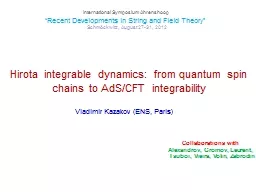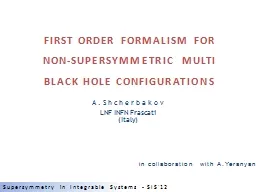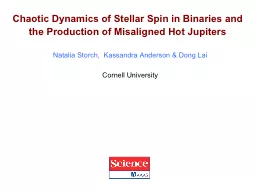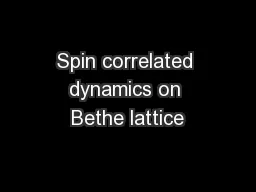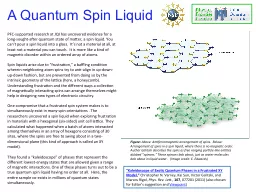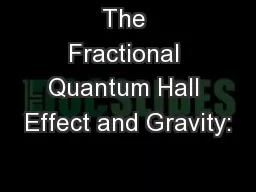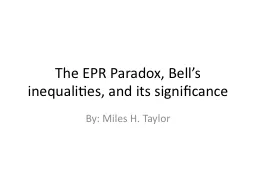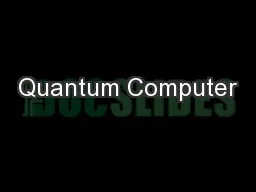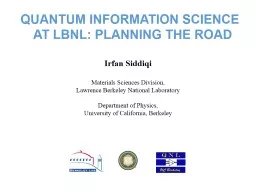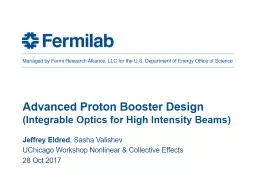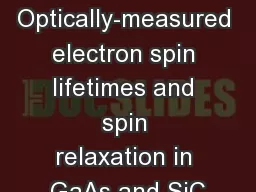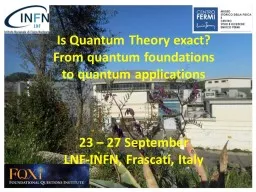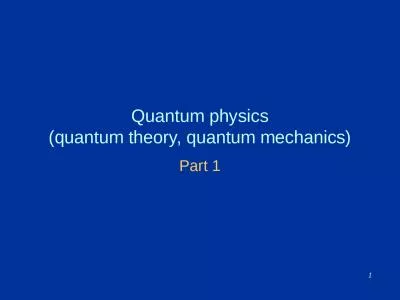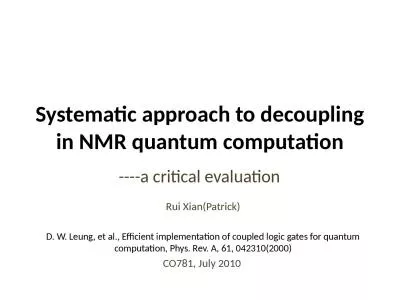PPT-Hirota integrable dynamics: from quantum spin chains to
Author : tatyana-admore | Published Date : 2016-04-09
AdS CFT integrability Vladimir Kazakov ENS Paris International Symposium Ahrenshoop Recent Developments in String and Field Theory Schmöckwitz August
Presentation Embed Code
Download Presentation
Download Presentation The PPT/PDF document "Hirota integrable dynamics: from quantum..." is the property of its rightful owner. Permission is granted to download and print the materials on this website for personal, non-commercial use only, and to display it on your personal computer provided you do not modify the materials and that you retain all copyright notices contained in the materials. By downloading content from our website, you accept the terms of this agreement.
Hirota integrable dynamics: from quantum spin chains to: Transcript
Download Rules Of Document
"Hirota integrable dynamics: from quantum spin chains to"The content belongs to its owner. You may download and print it for personal use, without modification, and keep all copyright notices. By downloading, you agree to these terms.
Related Documents

